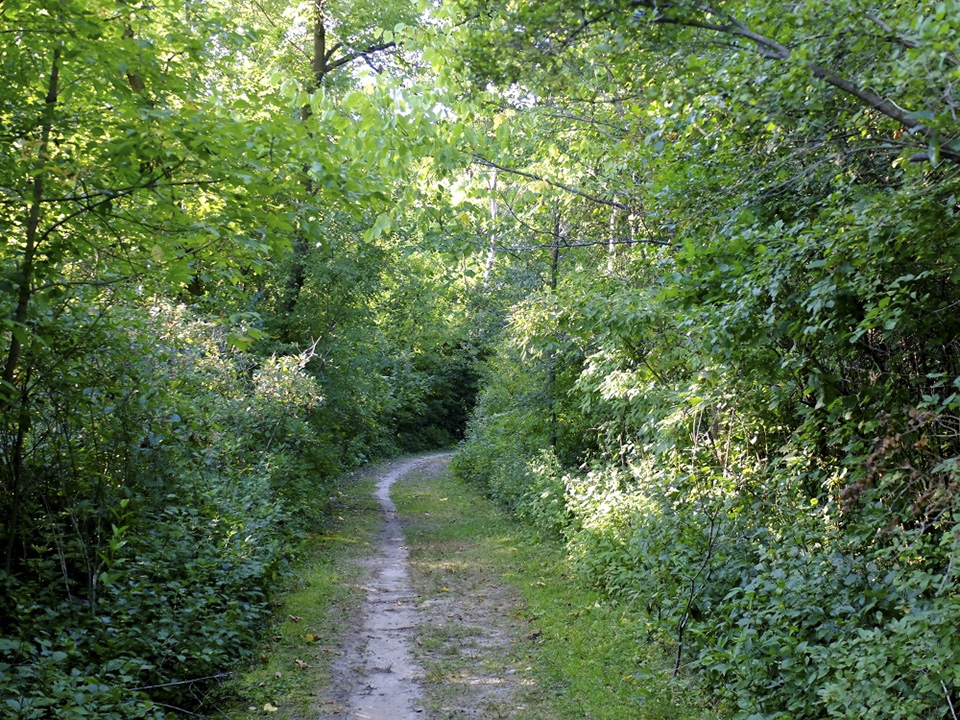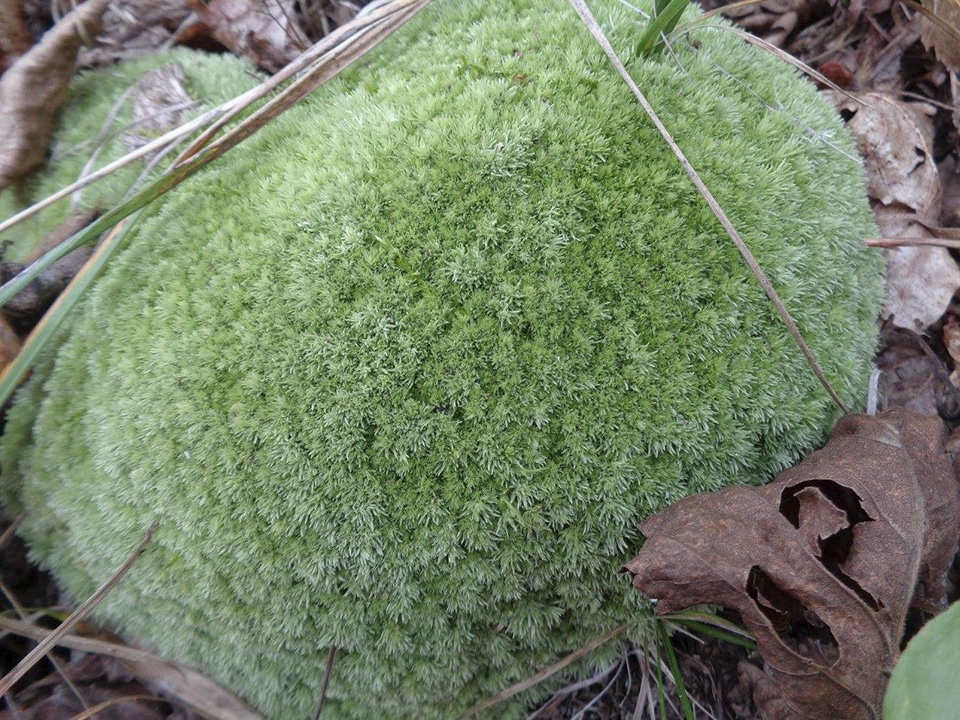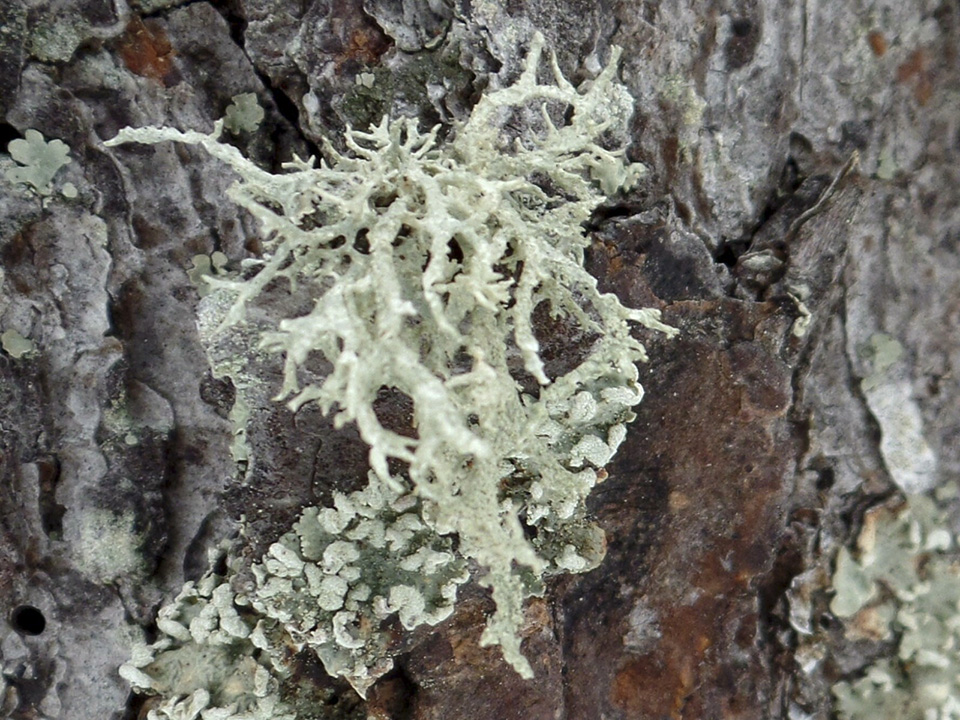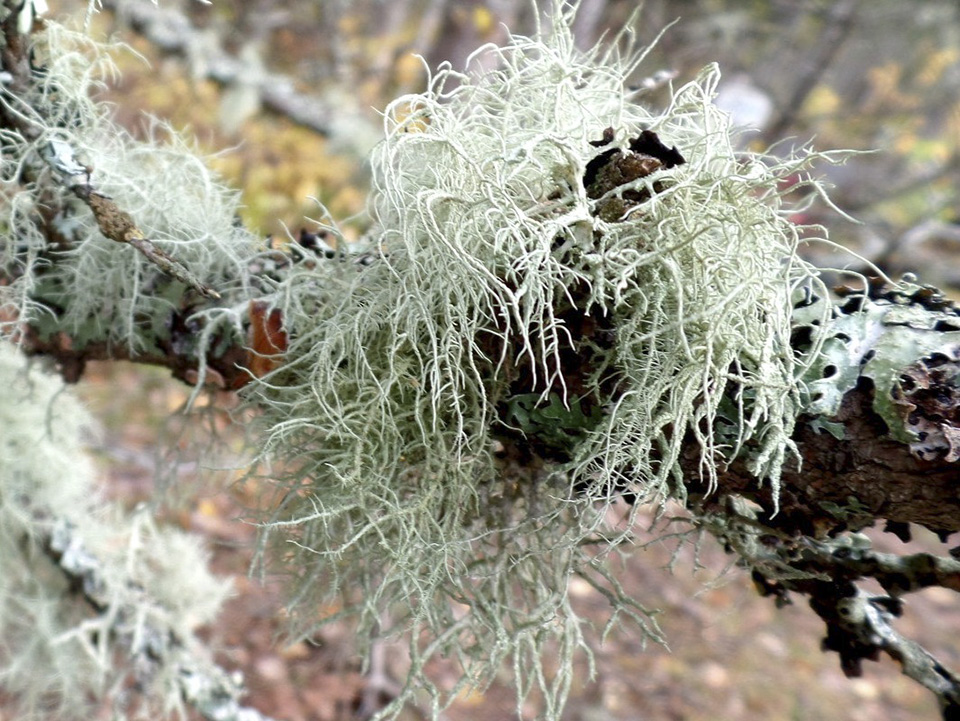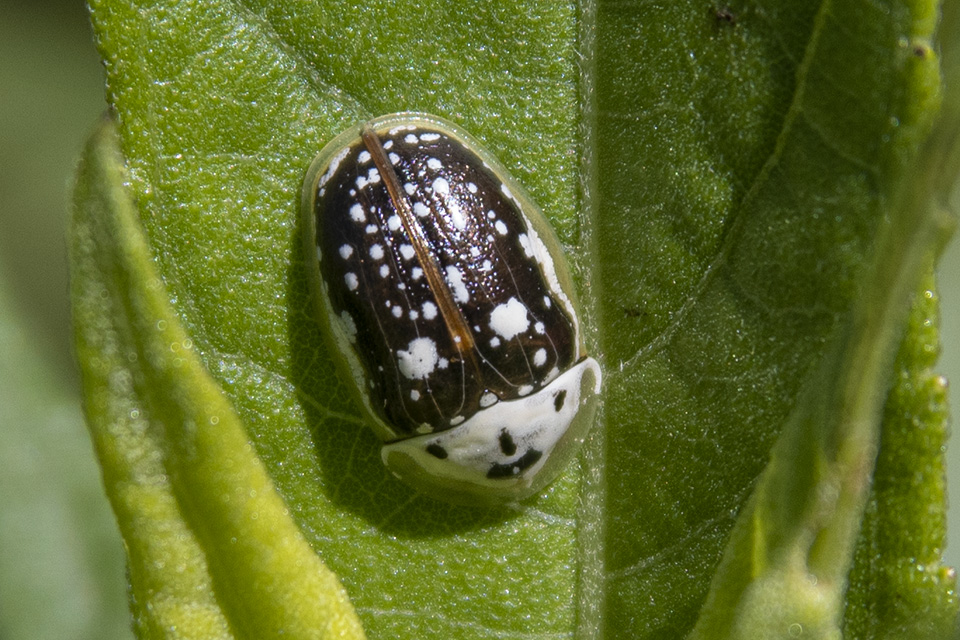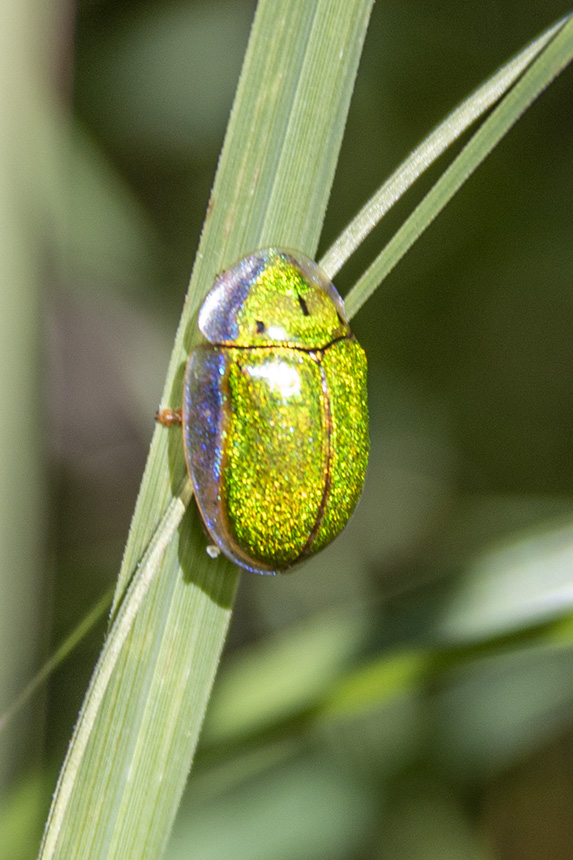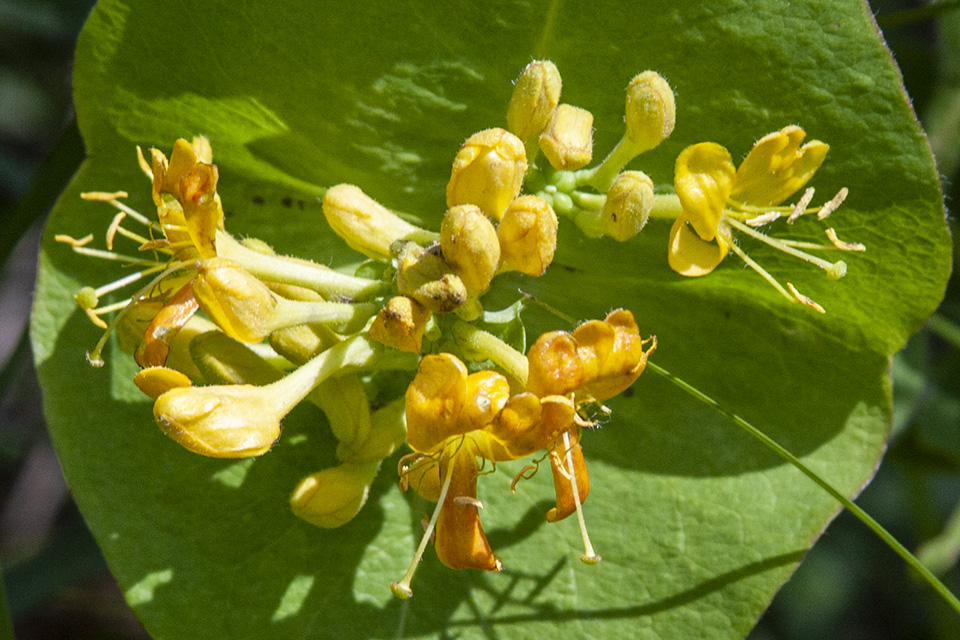
Hairy honeysuckle (Lonicera hirsuta) is a common woody vine of the Great Lakes region of North America. It is common in the northeastern third of Minnesota, where it is at the southwestern extent of its range. It is found in moist woodlands, forest edges and openings, thickets, and swamps. It grows under full or partial sun in sandy or rocky soil. It sometimes creates loose colonies.
Hairy honeysuckle vines are usually 8′ to 10′ long but can reach 16′ or longer. They climb on adjacent vegetation (twining) or creep along the ground (trailing). When twining, they spiral counter-clockwise, from the lower left to the upper right. When trailing, they produce roots where the stem contacts the ground. The stem detaches at that point, creating a new plant. The leaves are opposite and broadly oval. The uppermost pair of leaves, sometimes the uppermost two pairs, are fused together at the base to form single diamond-shaped to elliptic or round leaves. The inflorescence is a cluster of yellow flowers at the end of the stem. The flowers appear after the leaves are fully developed and peak from mid-June to mid-July. In Minnesota they are likely pollinated by ruby-throated hummingbirds, butterflies, and moths. The fruit is a small, orangish-red berry. It matures in late July to mid-September, and remains on the plant until picked off by a bird or mammal.
Hairy honeysuckle (Lonicera hirsuta) is a common woody vine of the Great Lakes region of North America. It is common in the northeastern third of Minnesota, where it is at the southwestern extent of its range. It is found in moist woodlands, forest edges and openings, thickets, and swamps. It grows under full or partial sun in sandy or rocky soil. It sometimes creates loose colonies.
Hairy honeysuckle vines are usually 8′ to 10′ long but can reach 16′ or longer. They climb on adjacent vegetation (twining) or creep along the ground (trailing). When twining, they spiral counter-clockwise, from the lower left to the upper right. When trailing, they produce roots where the stem contacts the ground. The stem detaches at that point, creating a new plant. The leaves are opposite and broadly oval. The uppermost pair of leaves, sometimes the uppermost two pairs, are fused together at the base to form single diamond-shaped to elliptic or round leaves. The inflorescence is a cluster of yellow flowers at the end of the stem. The flowers appear after the leaves are fully developed and peak from mid-June to mid-July. In Minnesota they are likely pollinated by ruby-throated hummingbirds, butterflies, and moths. The fruit is a small, orangish-red berry. It matures in late July to mid-September, and remains on the plant until picked off by a bird or mammal.
http://www.minnesotaseasons.com/Plants/Index/Plants_C_H.html

